How To Make A Leather Camera Strap ?
To make a leather camera strap, you will need a strip of leather, preferably around 1 inch wide and 40 inches long. Cut the leather to the desired length and shape the ends into points. Use a leather punch to create holes at each end for attaching hardware. Next, choose the hardware you want to use, such as D-rings or swivel hooks, and attach them to the ends of the leather strap using rivets or Chicago screws. Make sure the hardware is securely fastened. Finally, condition the leather with leather conditioner or oil to keep it supple and prevent cracking. Your leather camera strap is now ready to use.
1、 Choosing the right leather for your camera strap
Choosing the right leather for your camera strap is essential to ensure both functionality and style. Leather camera straps are not only durable but also add a touch of elegance to your photography gear. Here are some key points to consider when selecting the perfect leather for your camera strap.
Firstly, consider the type of leather. Full-grain leather is the highest quality and most durable option. It is made from the top layer of the hide and retains the natural grain, making it resistant to wear and tear. Top-grain leather is another good choice, as it is slightly thinner and more affordable while still maintaining durability.
Next, think about the thickness of the leather. A camera strap needs to be strong enough to support the weight of your camera, so opt for a thicker leather that can withstand the strain. However, keep in mind that a thicker strap may be less flexible and comfortable to wear.
Additionally, consider the finish of the leather. Some prefer a smooth and polished look, while others prefer a more rustic and natural appearance. The finish can also affect the grip of the strap, so choose one that feels secure in your hands.
Lastly, consider the color and design of the leather. Classic black or brown leather straps are timeless and versatile, but you can also opt for more unique colors or patterns to express your personal style.
In conclusion, choosing the right leather for your camera strap involves considering the type, thickness, finish, color, and design. By carefully selecting these elements, you can create a leather camera strap that not only enhances the functionality of your gear but also adds a touch of sophistication to your photography experience.
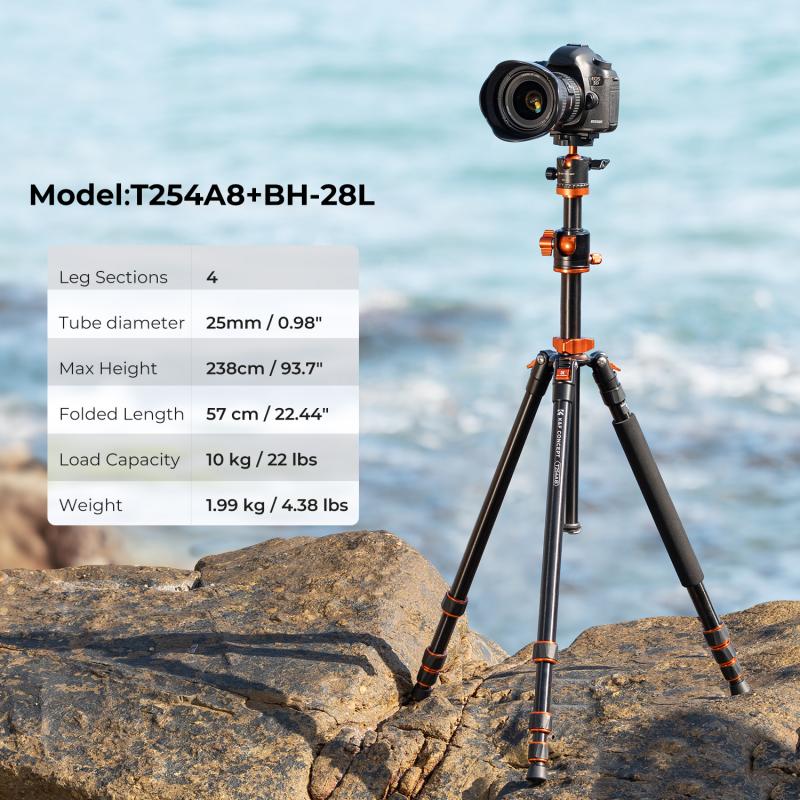
2、 Measuring and cutting the leather to the desired length
How to make a leather camera strap:
1. Measuring and cutting the leather to the desired length: Start by measuring the length you want for your camera strap. Consider the length that will be comfortable for you to wear and allow easy access to your camera. Once you have determined the desired length, use a ruler or measuring tape to mark the leather accordingly. Then, carefully cut the leather using a sharp utility knife or leather cutting tool. Make sure to cut straight and clean lines to ensure a professional-looking strap.
2. Punching holes for the attachment points: Next, you will need to punch holes in the leather to attach the hardware for your camera strap. Use a leather hole punch tool to create evenly spaced holes along the ends of the strap. The size of the holes should match the size of the hardware you plan to use. This step is crucial as it will ensure a secure attachment for your camera.
3. Adding hardware and finishing touches: Once the holes are punched, you can attach the hardware to the strap. This typically includes metal rings or clips that will connect the strap to your camera. Slide the hardware through the holes and secure them tightly. You may also choose to add additional embellishments or decorative elements to personalize your camera strap.
4. Conditioning and finishing the leather: To ensure the longevity and durability of your leather camera strap, it is essential to condition and finish the leather. Apply a leather conditioner or oil to moisturize and protect the leather from drying out or cracking. Additionally, you can use a leather finish or sealant to provide a protective layer and enhance the appearance of the strap.
In recent years, there has been a growing trend towards handmade and personalized camera accessories. Making your own leather camera strap allows you to create a unique and stylish accessory that reflects your personal taste and craftsmanship. Additionally, using high-quality leather ensures durability and comfort while carrying your camera. With a few simple steps, you can create a custom camera strap that not only adds a touch of elegance but also provides a secure and reliable attachment for your camera.
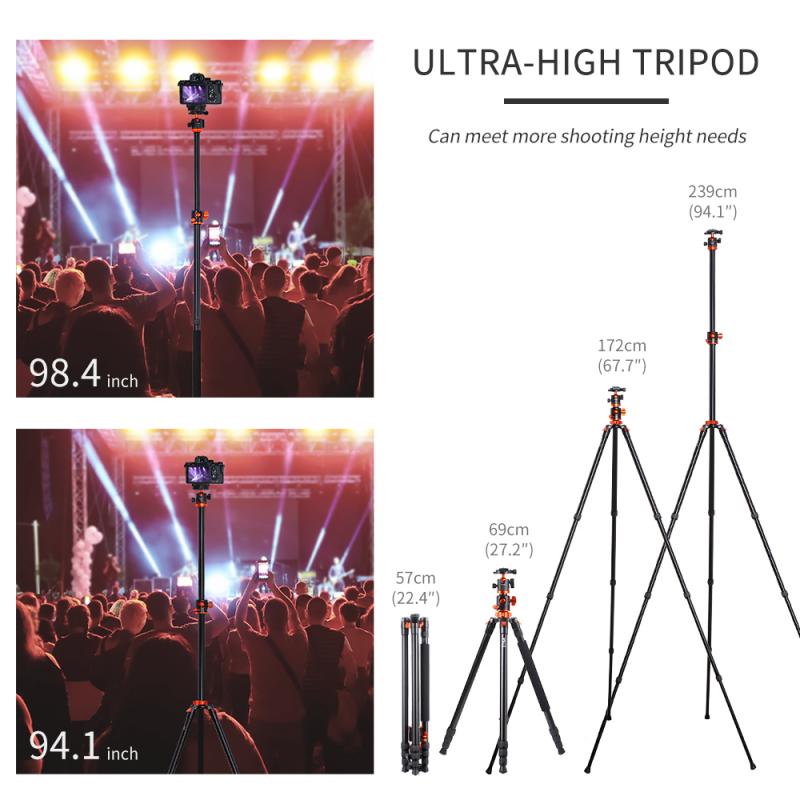
3、 Adding hardware and attachments to the camera strap
Adding hardware and attachments to a leather camera strap is a great way to enhance its functionality and style. Here's a step-by-step guide on how to make a leather camera strap with hardware:
1. Gather the materials: You'll need a strip of high-quality leather, preferably around 1 inch wide and 40 inches long, a leather punch, rivets or Chicago screws, D-rings or split rings, and a sewing machine or strong thread and needle.
2. Cut the leather: Measure and cut the leather strip to your desired length, keeping in mind the camera's weight and your comfort.
3. Punch holes: Use a leather punch to create evenly spaced holes along the ends of the strap. These holes will be used to attach the hardware.
4. Attach D-rings or split rings: Thread the D-rings or split rings through the holes at each end of the strap. These rings will be used to attach the strap to the camera.
5. Secure the rings: Depending on the type of rings you're using, either use rivets or Chicago screws to secure them in place. Rivets are more permanent, while Chicago screws allow for easy removal.
6. Optional: Add padding or stitching: If desired, you can add padding to the strap for extra comfort. You can also stitch decorative patterns or your initials onto the leather for a personalized touch.
By adding hardware and attachments to your leather camera strap, you can ensure a secure and stylish way to carry your camera. Additionally, consider incorporating quick-release buckles or adjustable sliders to make the strap more versatile and user-friendly. Remember to choose hardware that is durable and matches the aesthetic of your camera and personal style.
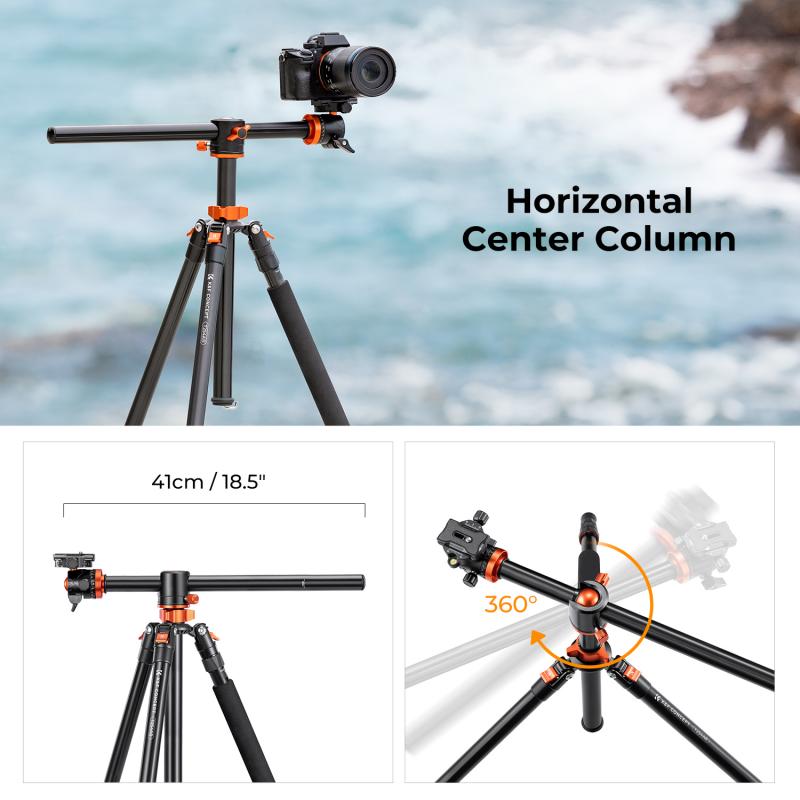
4、 Stitching and assembling the leather pieces together
To make a leather camera strap, you will need a few materials and some basic sewing skills. The process involves stitching and assembling the leather pieces together to create a durable and stylish strap.
First, gather the necessary materials: a piece of leather, a leather punch, a sewing needle, waxed thread, and a buckle or attachment hardware. Choose a high-quality leather that is thick enough to support the weight of your camera.
Next, measure and cut the leather into two long strips, ensuring they are wide enough to comfortably fit around your neck or shoulder. Use a leather punch to create evenly spaced holes along the edges of the strips. These holes will be used for stitching and attaching the hardware.
Now, take one strip of leather and fold it in half, aligning the holes on both ends. Thread the needle with waxed thread and start stitching from one end, using a strong and secure stitch pattern such as a saddle stitch. Continue stitching until you reach the other end, making sure the strap is securely held together.
Repeat the stitching process with the second strip of leather, ensuring that the holes align with the first strap. This will create a loop at each end of the strap for attaching the hardware.
Finally, attach the buckle or hardware to the loops at each end of the strap. This will allow you to adjust the length and securely attach the strap to your camera.
In recent years, there has been a growing trend towards customization and personalization. You can add your own creative touch to the leather camera strap by embossing your initials or adding decorative elements. This will make your strap unique and reflect your personal style.
Remember, practice makes perfect. If you are new to leatherworking, it may take a few attempts to master the stitching technique. However, with patience and practice, you will be able to create a beautiful and functional leather camera strap that will last for years to come.
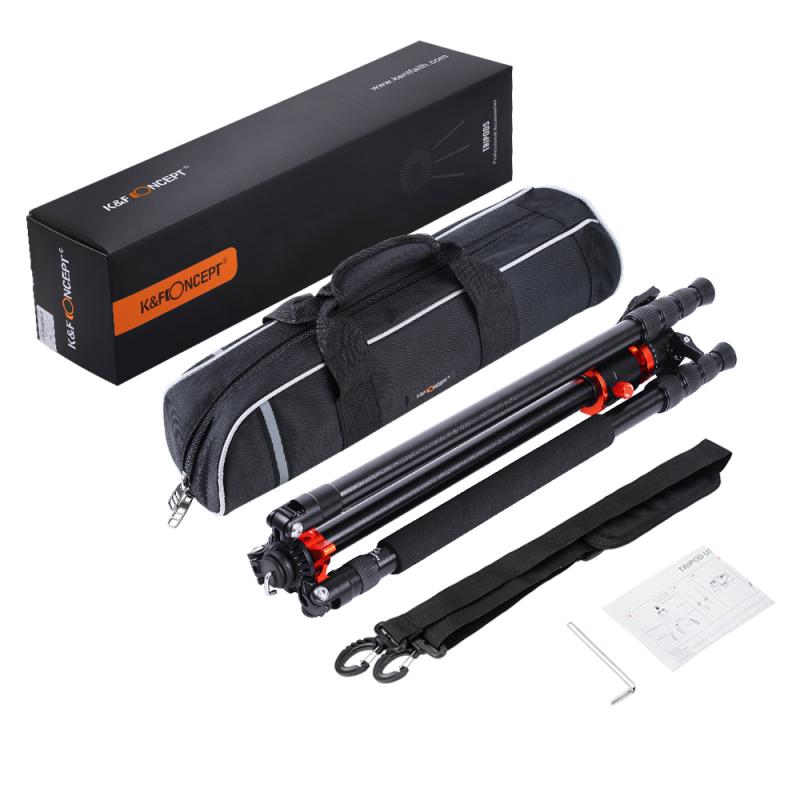









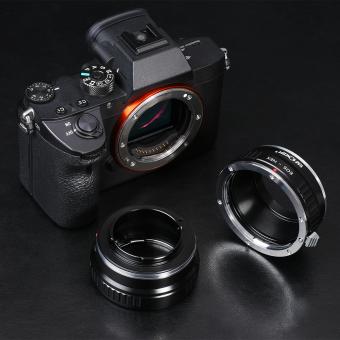




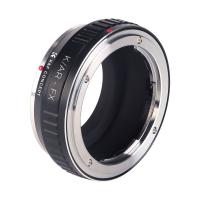
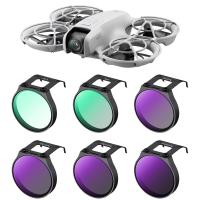

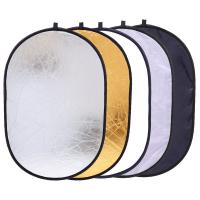
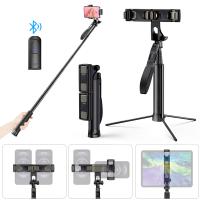
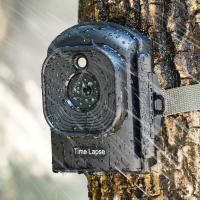

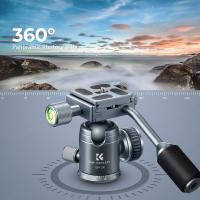

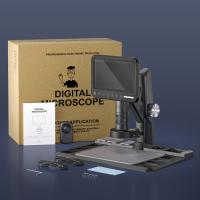
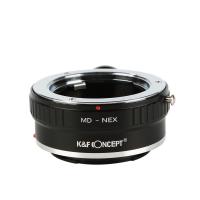
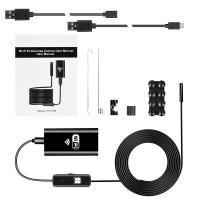
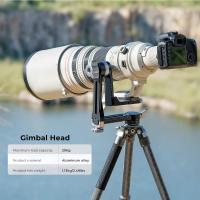


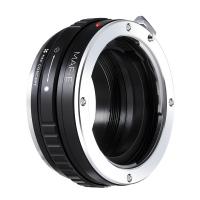
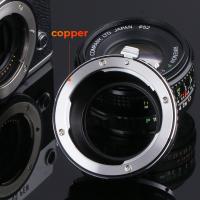
There are no comments for this blog.